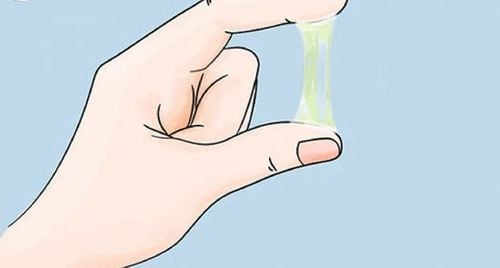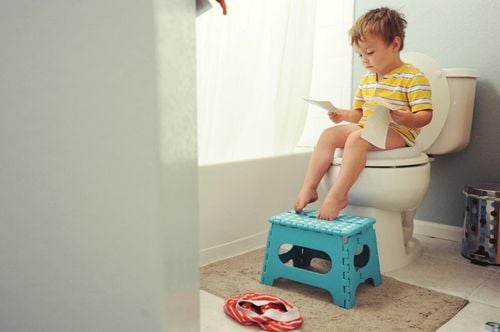A newborn's skull is made up of bone plates connected by flexible joints. The ridge at the back of a newborn's head is essentially a bony prominence that forms along the forehead of the newborn, running along the midline of the two frontal bones towards the back. The cause of a ridge at the back of a newborn's head is something that often causes concern for many parents.
1. What does a ridge at the back of a newborn’s head look like?
A newborn’s skull is made up of five bony plates that are connected by four cranial sutures. These sutures allow the baby’s skull to change shape as it passes through the mother’s birth canal during labor. These sutures close as the baby grows, sometimes as early as 3 months of age, and the skull will be completely fused by the time your baby is 9 months old.
Some other children may develop a ridge at the back of their heads as they grow. This is normal. To date, pediatricians are unsure why some children develop a ridge at the back of their heads, which is entirely benign, while others do not. In some cases, the cause of the ridge at the back of the head is craniosynostosis. This is a congenital deformity caused by a combination of genetic and environmental factors, which can potentially affect the long-term development of the child’s brain.
2. Signs to recognize for the ridge at the back of a newborn’s head
If the ridge at the back of the head does not have other associated symptoms, it is not serious and does not require treatment. However, if other symptoms occur along with the ridge, it could be a sign of craniosynostosis.
Craniosclerosis is a serious condition because when one of the sutures on the skull fuses prematurely, the brain does not have enough room to continue growing. This can lead to increased intracranial pressure and can affect development as the brain gets larger.
Signs of a ridge on the back of a newborn's head due to craniosclerosis include:
- Narrow forehead
- Widening of the back of the head
- Close-set eyes
- Triangular head circumference
At this time, in addition to diagnosing by examining the normal sutures and fontanelles, when a ridge is found on the back of a newborn's head, the doctor will carefully examine your child's forehead and feel along the location of the ridge. However, to confirm the diagnosis, the pediatrician may recommend an X-ray or CT scan of the skull to examine the possibility of internal brain damage simultaneously.
In summary, the ridge at the back of a newborn’s head is a bony prominence that forms along the suture line on the forehead after it has closed. This is a benign finding and does not require treatment. However, it is best to consult a pediatrician, especially if you observe signs that need attention, including a narrow forehead, an enlarged head, and closely spaced eyes. These signs may indicate that your child has craniosynostosis, and surgery may need to be considered if indicated to prevent future brain damage.
Please dial HOTLINE for more information or register for an appointment HERE. Download MyVinmec app to make appointments faster and to manage your bookings easily.
To arrange an appointment, please call HOTLINE or make your reservation directly HERE. You may also download the MyVinmec app to schedule appointments faster and manage your reservations more conveniently.








